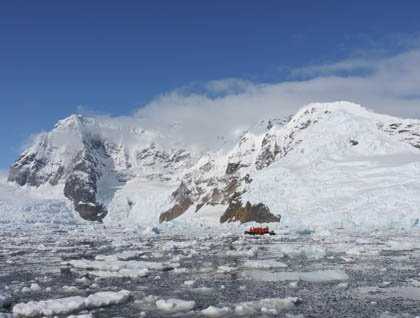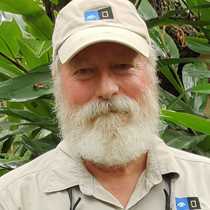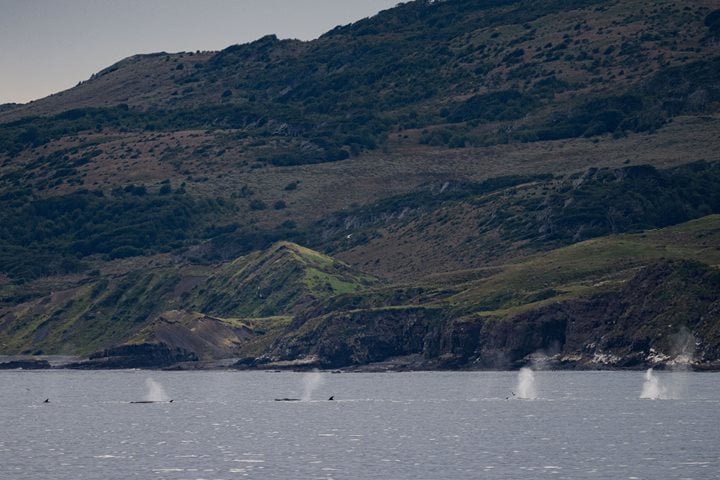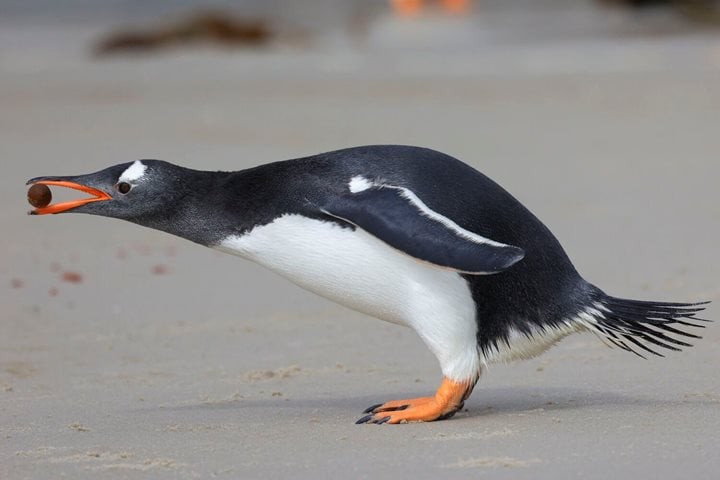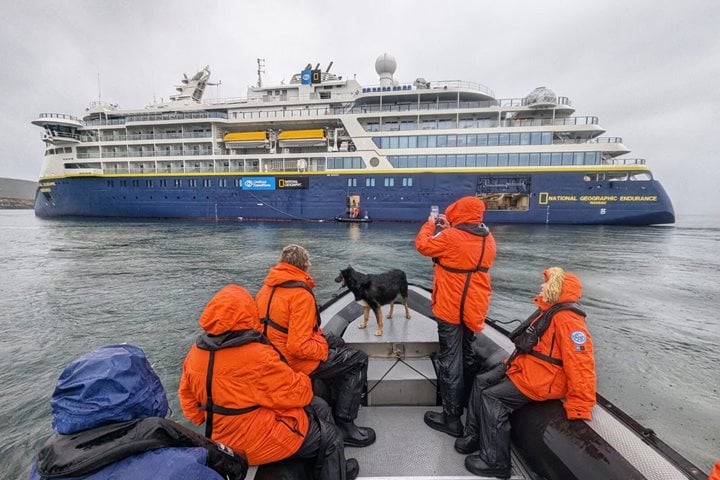Early this morning, National Geographic Orion sailed within the Bransfield Strait as she made her way to Charcot Bay on the Trinity Peninsula. The entrance to the bay was shrouded in fog, which worried us a bit, but when we sailed into the bay a few miles, we passed into sunshine and brilliant conditions. We came here to visit Lindblad Cove, which was named to honor the memory of Lars Eric Lindblad…the man who pioneered expedition travel. Lindblad Cove (63º 51′ S, 59º 27′ W) is located near the head of Charcot Bay, between Almond Point and Auster Point. This beautiful site is a fitting tribute to Lars-Eric, because it is surrounded by spectacular mountains and three immense glaciers that produce lots of icebergs. As expected, it was filled with ice of all sizes and shapes. The waters here are uncharted, so the ship entered the cove very slowly. Close to Lindblad Cove, we set off in the Zodiacs and had lots of fun pushing our way through brash ice and cruising around bergy bits and icebergs. The weather was near perfect, with blue skies and blue and white ice, calms seas, and great reflections. This water here is so rich at this time of year, it has taken on a strong greenish tint from the summer phytoplankton bloom. During our morning in Charcot Bay, we were amused to see all three species of brushtail penguins (gentoo, Adélie, and chinstrap) standing on a single bergy bit, as well as several snow petrels circling overhead, a huge flock of fulmars on the surface that took to the wing as the ship approached them, a humpback whale feeding in open water, and Weddell, leopard, and several Antarctic fur seals lounging about on ice floes and bergy bits.
The afternoon was spent sailing northward along the Antarctic Peninsula as we made our way to the northern-most tip of the Antarctic continent. Not only did we enjoy a continuation of beautiful weather and sea conditions, we viewed many ice bergs and tabular bergs along the way. Our quest was the Antarctic Sound, which is named for Nordenskjold’s ill-fated expedition ship Antarctic. This sound is delineated by the northern-most tip of the peninsula on the southwest side and three closely associated large islands (d’Urville, Joinville, and Dundee) to the notheast. We often refer to Antarctic Sound as “Ice Berg Alley” because it is the repository of many tabular bergs that have drifted in here to become grounded in the relatively shallow waters of the passage. Some of them have been here for many years. We were not disappointed as we sailed around, alongside, and in between many huge tabular bergs this evening both before and after dinner. Although we spent our time with the tabular bergs, we could see impressive glaciers, ice fields, and misty continental mountains on the peninsula. Antarctic Sound was our access to the Erebus and Terror Gulf in the Weddell Sea, and we eventually made our way through the sound and all the way around the tip of the Antarctic Peninsula to reach some fast ice, where we essentially parked the ship overnight.

